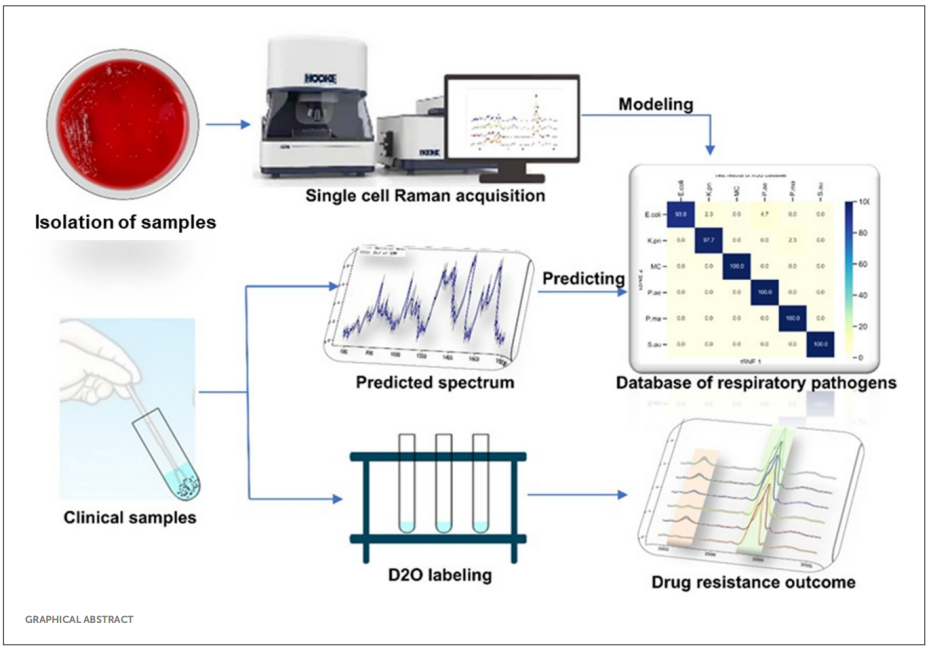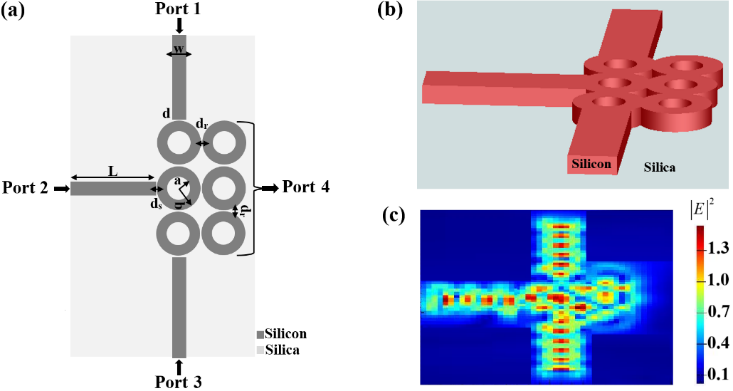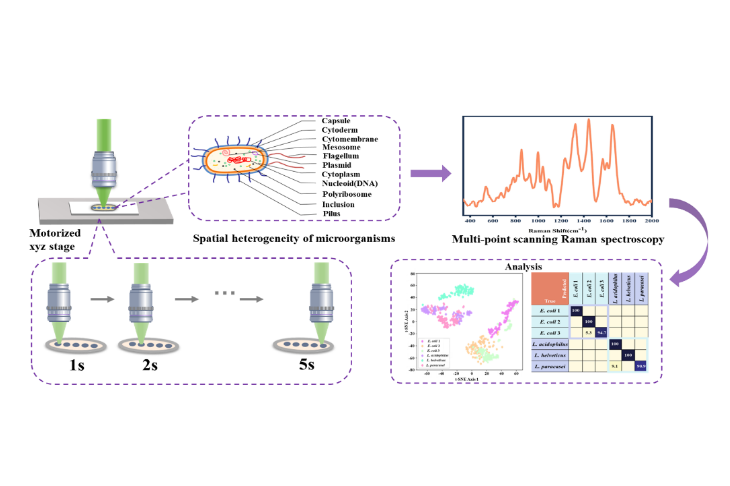
In a study published in Frontiers in Microbiology, a cooperative research group from Changchun Institute of Optics, Fine Mechanics and Physics (CIOMP) of the Chinese Academy of Sciences (CAS) and Jilin University proposed rapid identification and drug resistance screening of pathogenic bacteria based on single cell Raman spectroscopy (SCRS).

All-optical logic gates are essential elements for the optical processing of information, since they overcome the fundamental difficulties of their electronic counterparts, in particular the limited data transfer speed and bandwidth.

In a study published in Photoacoustics, Prof. WANG Qiang and Ph.D candidate ZHANG Hui from Changchun Institute of Optics, Fine Mechanics and Physics (CIOMP) of the Chinese Academy of Sciences (CAS) developed a ultrasensitive H2S gas sensor based on doubly resonant photoacoustic spectroscopy (PAS), and proposed an intriguing strategy of laser-cavity-molecule locking to increase the sensor response and to enhance the system stability for fast and continuous measurements.

Cell misuse and cross-contamination can affect the accuracy of cell research results and result in wasted time, manpower and material resources. Thus, cell line identification is important and necessary. At present, the commonly used cell line identification methods need cell staining and culturing. There is therefore a need to develop a new method for the rapid and automated identification of cell lines.

In a study published in Journal of Biophotonics, a research group led by Prof. LI Bei and his Doctoral student LIU Bo from Changchun Institute of Optics, Fine Mechanics and Physics (CIOMP) of the Chinese Academy of Sciences (CAS) proposed a novel method for classification of pathogenic bacteria, which combines Raman spectroscopy, Variational Auto‐encoder (VAE) and Long Short-Term Memory network (LSTM).

Raman spectroscopy has been widely used for microbial analysis due to its exceptional qualities as a rapid, simple, non-invasive, and real-time monitoring tool. The Raman spectrum of a cell is a superposition of the spectral information of all biochemical components in the laser focus.
